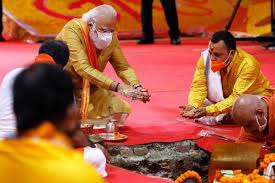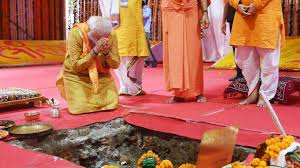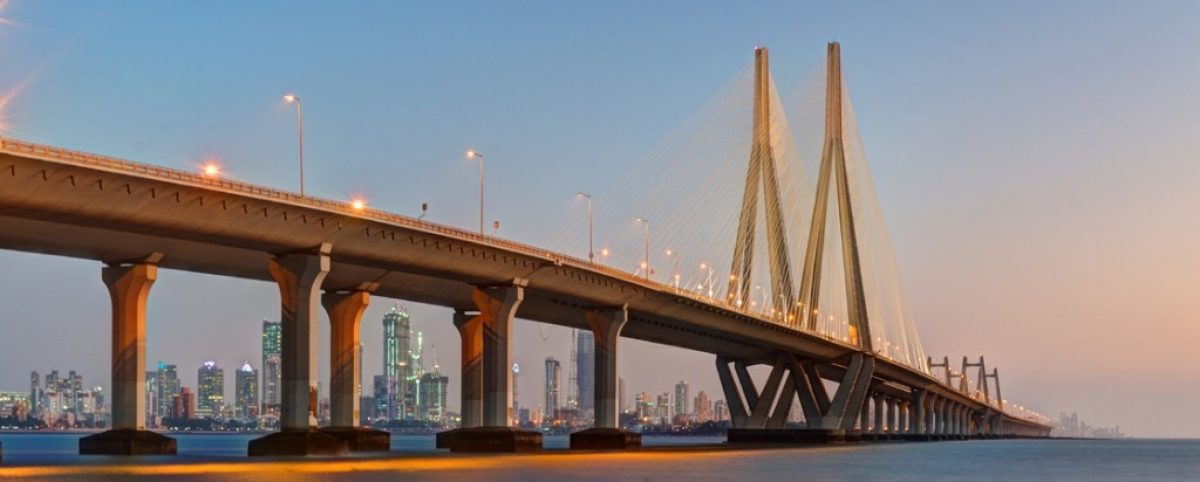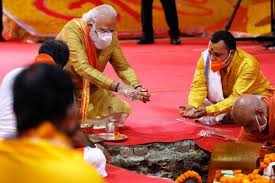Indian PM Modi’s emotion in Ayodhya, “British” rule and the power of the Mughals – how can we understand what is happening today?

To understand modern India and even PM Modi, I feel we need to turn to Swami Vivekananda – who said:

We talk about the British conquering India and this defines today, but as William Dalrymple writes in The Anarchy, the seizing of power in India was done by a private company – probably the first outsourced act of violence in history.
That company was the East India Company and as Dalrymple writes: “The Company’s conquest of India almost certainly remains the supreme act of corporate violence in world history.” Worth reading that line again!
It is hard to know and even relate to how my Indian friends feel about the two major invasions of their country in recent centuries – first, the Mughal empire and then this East India Company.
Which brings me to Ayodhya.

Indian Prime Minister Narendra Modi sprinkled sacred water and flowers into a small hole on Wednesday, part of a ritual marking the start of construction of a grand Hindu temple in the city of Ayodhya.
With emotion Modi said: “Today centuries of waiting are over.” For many of my Indian friends, this was a shared emotion.
Western media persists with the line that all this is “Hindu nationalism”. I am not so sure.
It will be up to Indians – and not to people like me or the media – to define what is happening under PM Modi and what the national motivation is. Most change is painful at first but in lifting people out of poverty and restoring confidence, he has brought great optimism to India.
Now India faces another struggle – Covid 19 – which makes arguments about history seem like something of an indulgence.
From our hearts to yours, we wish India success in this life and death battle against the virus.
With Covid19 we are seeing the vast and deep truth of that classic Indian saying Vasudhaiva Kutumbakam – meaning “the world is one family”.




Dear Stephen I read your blog always with interest. I have to disagree with you today The EICo was operating under the royal patronage and its invading leaders were given lordships etc in return for giving India’s looted treasures. You cannot forgive the role of British Royals in the immense decimation of economy and subjected to poverty families racism and arrogance to top it I feel strongly that British Invasion of many nations of the world is the worst chapter in worlds history The Mughals also plundered. But later kings at least tried to genuinely understand Hinduism and adopt it in some ways. I give permission to print this if you wish Warm Regards Manjula OConnor
Sent from my iPhone
>
LikeLiked by 1 person
Thanks Majula – great insights. I think we agree on your major points.
LikeLike
Hi Stephen, you say that Modi has lifted people out of poverty and is restoring confidence. Do you have any numbers on how many people have been lifted out poverty since Modi came to power in 2014? It would be good to present some specific data or numbers to buttress any argument.
LikeLike
Thanks Gopi. Best source is UN Development Program stats which show up to 2017 something like 270 million lifted out of poverty over the previous decade which of course includes Modi era. If you consider access to electricity and sanitation (lack of these are a key index of poverty) there were 70% with electricity in 2007 and by 2017 it was at 93% and climbing – for sanitation only 40% had access prior to the Clean India campaign and now it is around 99%.
LikeLike